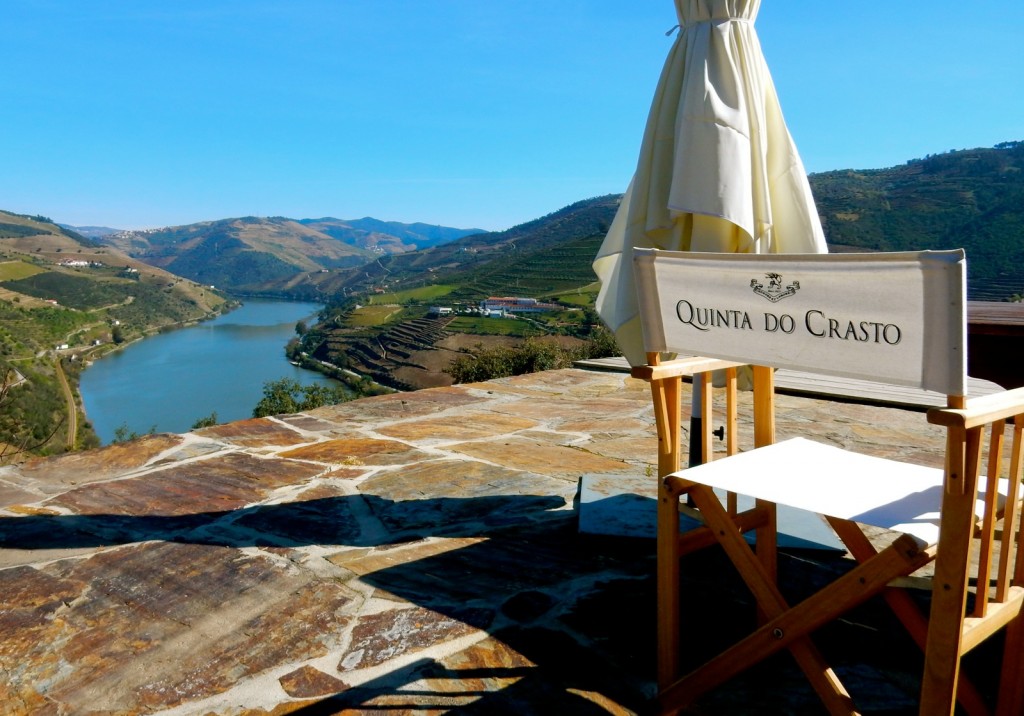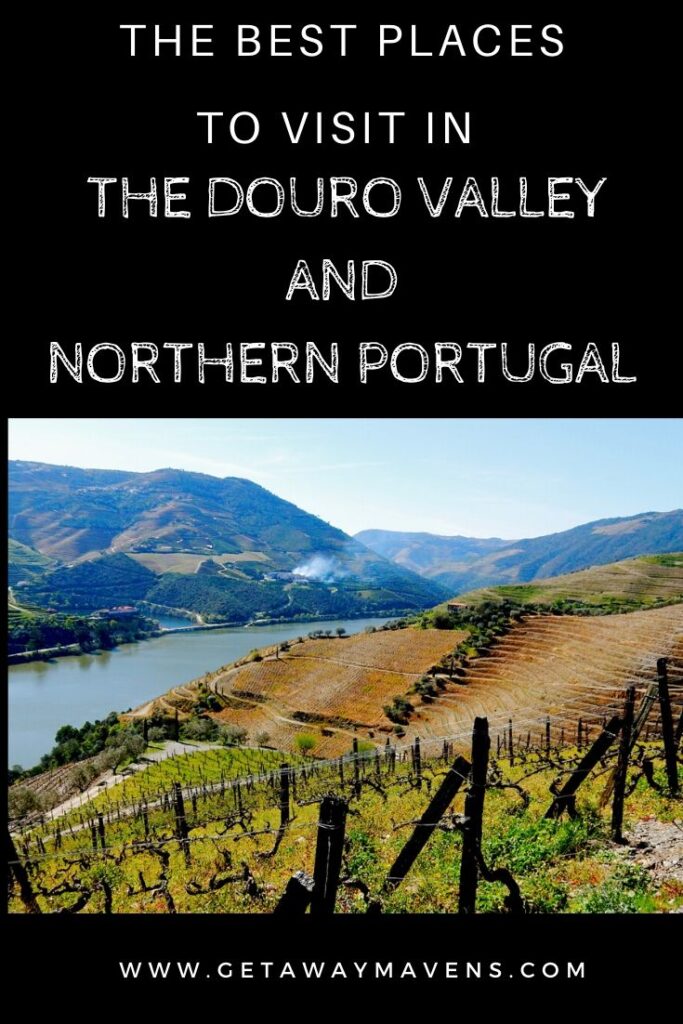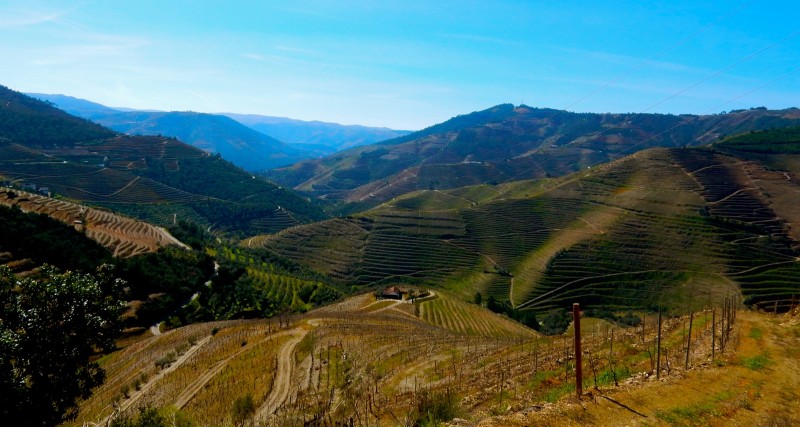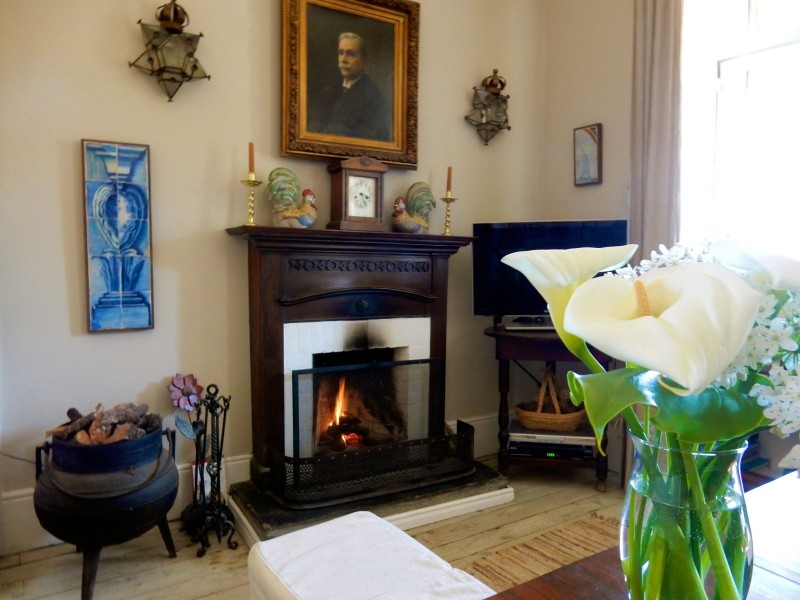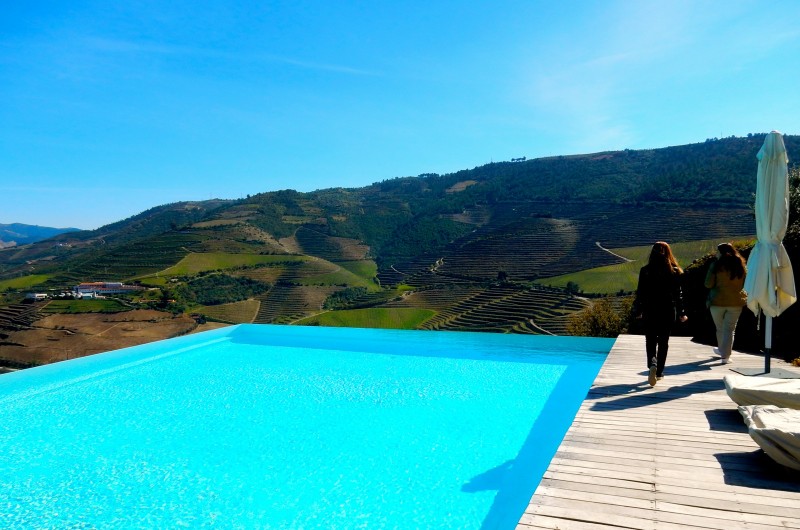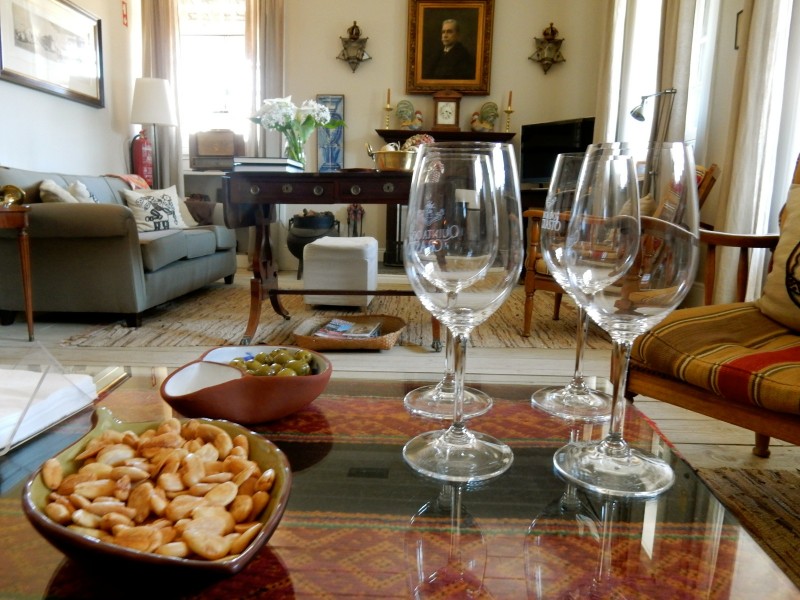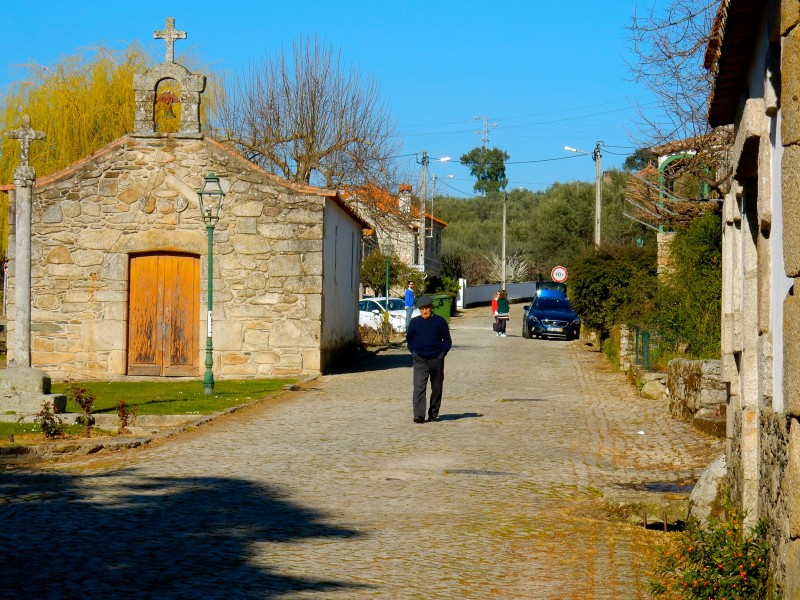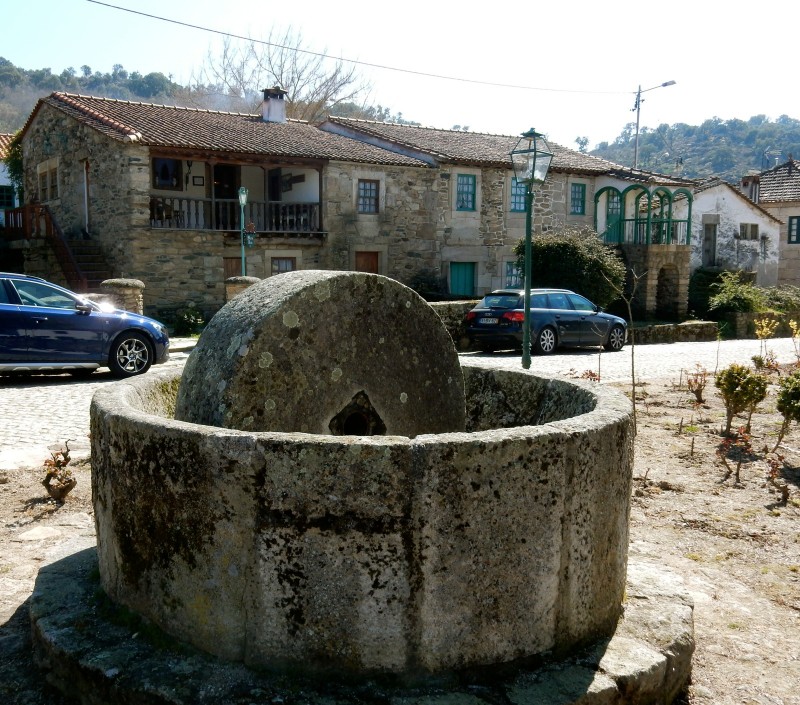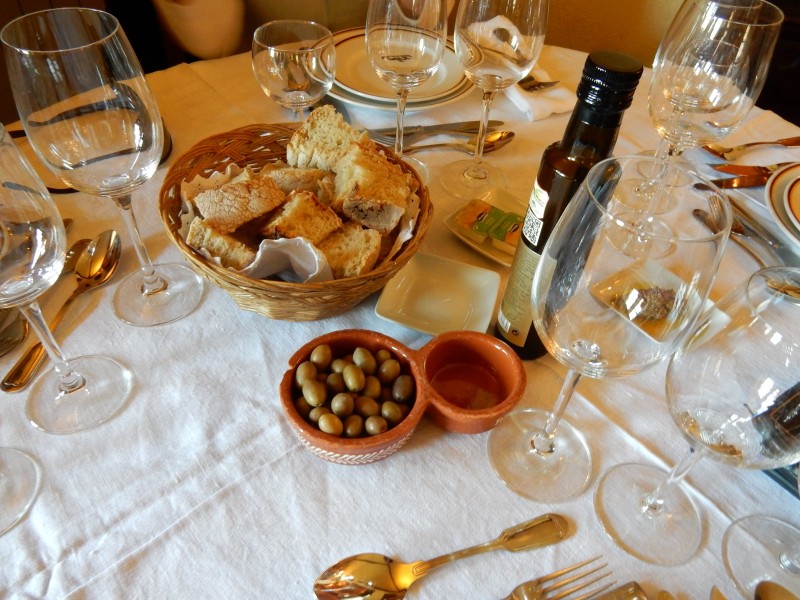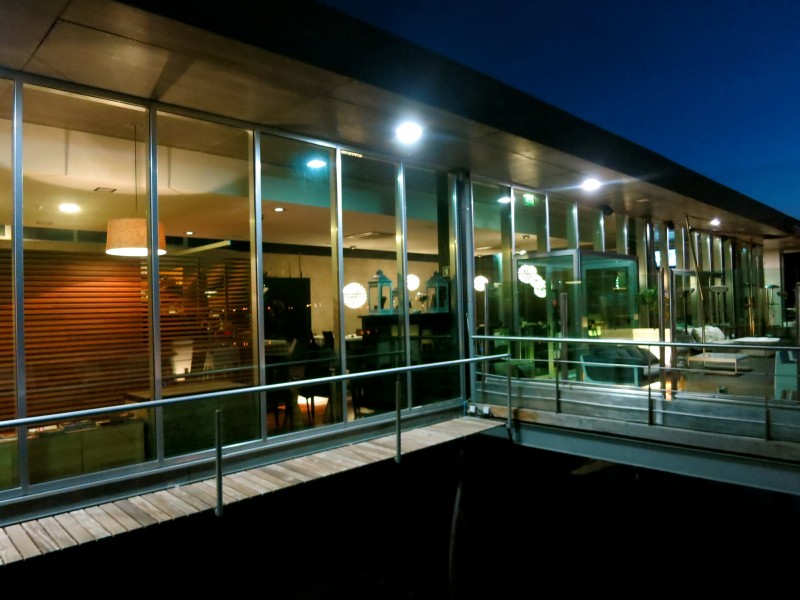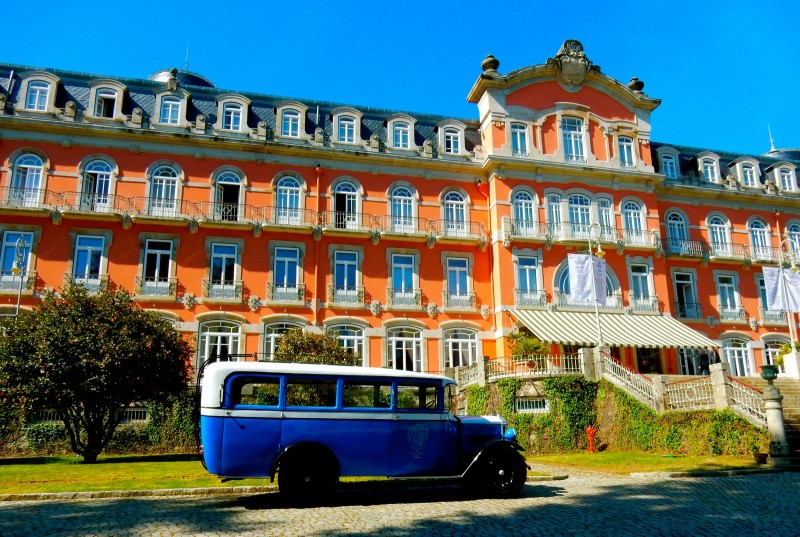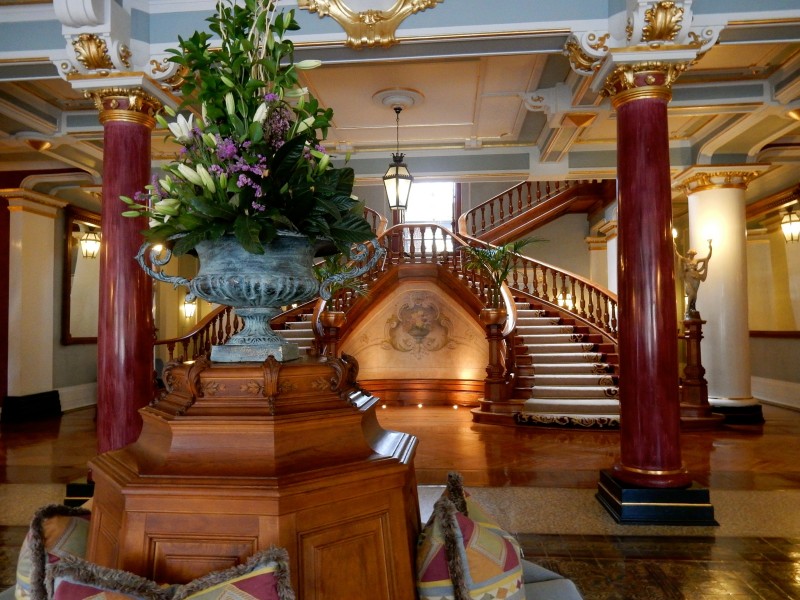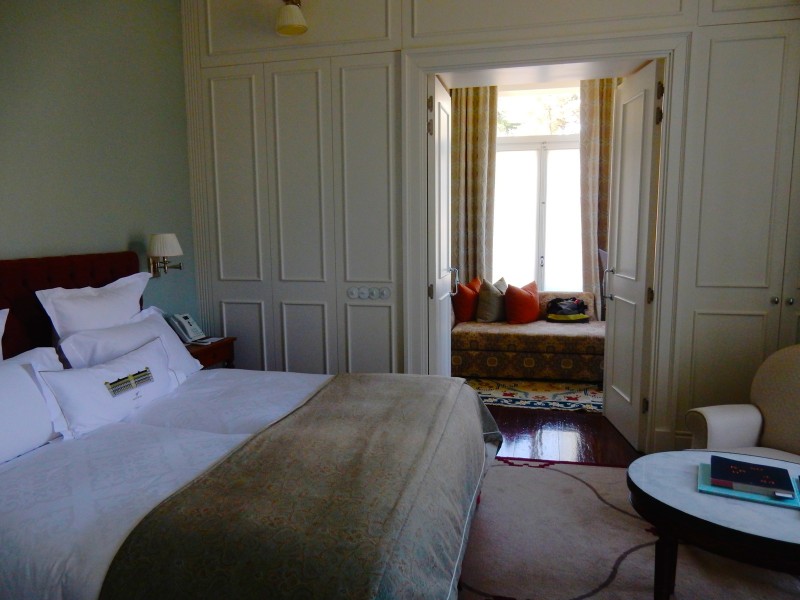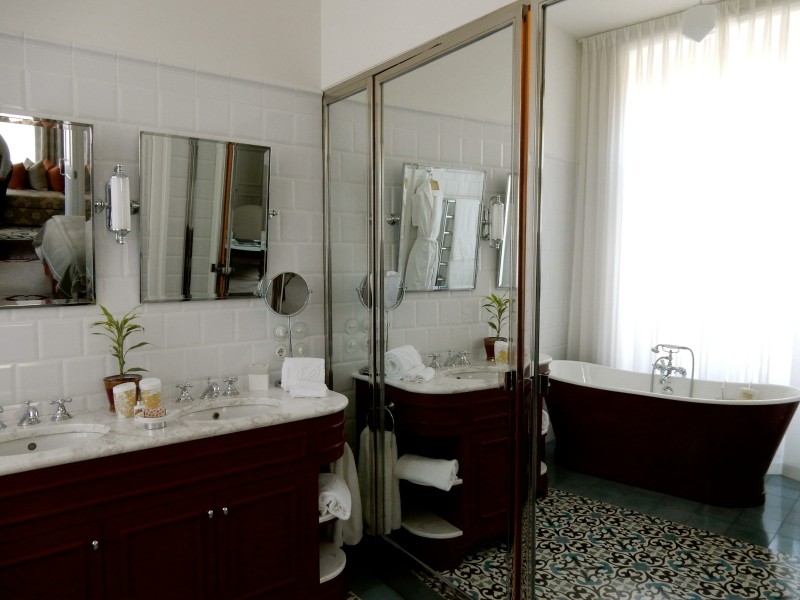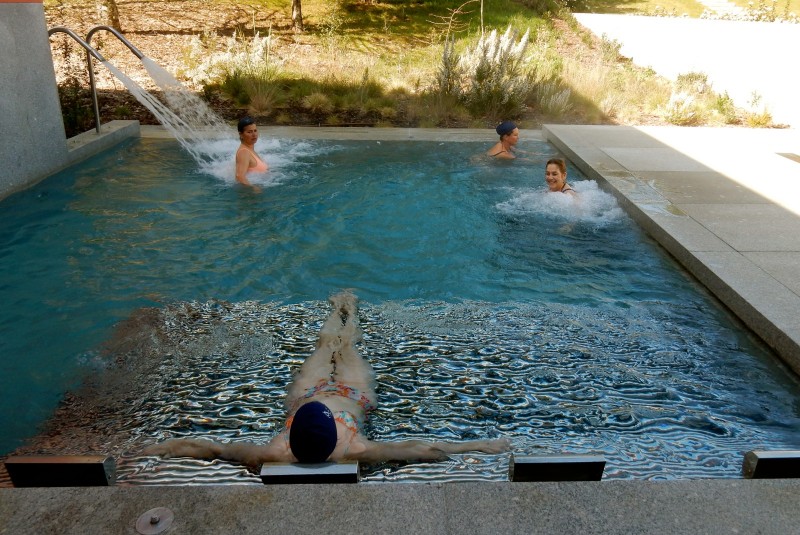WHY GO: The Douro Valley in northern Portugal might not be on the mind of every wine-lover. But the way things are going, it soon will be. Home to some of the best Ports in the world (Dow’s 2007 Vintage Port, 100 Points, Wine Spectator Magazine), and a growing number of acclaimed Reds, the Douro Valley is witnessing a budding “Tuscany” moment.
The Douro Valley was designated a UNESCO World Heritage site in 2001, underscoring its cultural, historical, and aesthetic significance. This recognition not only highlights the area’s terraced vineyards that intricately adorn the hillsides along the Douro River but also acknowledges its role as one of the oldest demarcated wine regions in the world.
The valley’s viticultural landscape represents centuries of human endeavor to harness the natural resources of the area for wine production, primarily for the world-renowned port wine. The UNESCO status helps to conserve the unique agricultural practices, the architectural heritage associated with wine production, as well as the biodiversity of the region.
But why stop at the Douro Valley? Drive north, and you’ll start to see groves of olive trees clinging to mountainsides, supplanting the vineyards to the south. Portuguese Olive Oil producers are also having a moment – and you are welcome to visit.
Where is the Duoro Valley?
The Douro Valley is situated in northern Portugal, extending from the outskirts of the city of Porto to the eastern border with Spain. This region is renowned for its terraced vineyards that slope along the banks of the Douro River, creating a stunning landscape of rolling hills and meandering waterways.
Known as one of the oldest wine regions in the world, the Douro Valley is particularly famous for its production of port wine, as well as a variety of other red and white wines. The area is easily accessible via road, river cruises, and even some train routes, allowing for a range of ways to explore its scenic beauty and viticultural heritage. With its blend of natural splendor and cultural richness, the Douro Valley is a compelling destination for both wine enthusiasts and nature lovers alike.
Things to Do in Douro Valley and Northern Portugal
VISIT: Peso da Régua
Peso da Régua, commonly known simply as Régua, is a picturesque town situated in northern Portugal along the banks of the Douro River. It’s considered to be the gateway to the Douro Valley’s terraced vineyards and has historically been a significant transit point for barrels of port wine being transported down the river to Porto.
The town features a variety of attractions including the Douro Museum, which offers an in-depth look into the history and culture of wine production in the region. With its scenic riverside location, a range of wine-related activities, and easy access to the surrounding vineyards, Peso da Régua is a vital stop for anyone exploring the UNESCO World Heritage landscapes of the Douro Valley.
WINE-PAIRING LUNCH: Quinta Do Crasto
Wines are some of the best on the planet, and you are invited to try a few of the best in a magazine-photo-shoot-ready estate home. Complete with a starchitect-designed infinity pool, the estate overlooks the Douro River and vineyard-studded hills.
Your visit begins with a tour of the grounds, and, if chilly out, ends inside a small antique home where nibbles are set out before a warm fireplace.
And wine flows like water. (10-people maximum, Contact estate for rates).
WINE TASTING: Symington Quinta Do Bomfim
You can continue from there to other tasting rooms around the valley. Stop at Symington Quinta Do Bomfim, the winery that brings you some of the best Port Wines in the world.
These establishments are tough to find (some not even on GPS), especially if you are “trying” lots of wines, so it helps to have a guide.
RIDE: A Rabela Boat
The Rabelo boat is a traditional Portuguese wooden cargo boat that was once the primary means of transporting barrels of port wine from the vineyards of the Douro Valley to the cellars in Porto. With its flat-bottomed design, square stern, and distinctive curved prow, the Rabelo is uniquely adapted to navigate the winding, sometimes shallow waters of the Douro River. Though rail and road transport have long since replaced these boats for commercial purposes, the Rabelo remains an iconic symbol of the region’s rich viticultural and maritime history.
Today, these boats have been repurposed for tourism, offering visitors the chance to experience a leisurely cruise along the Douro’s terraced vineyards. A ride on a Rabelo boat provides not just spectacular views but also a tangible connection to the valley’s storied past.
VISIT: Antique Hamlet of Romeu
Plan another day in a rustic northern town, like Romeu, which was renovated after falling to seed.
Romeu is sleepy and picturesque, with a small “Museum of Curiosities” and a fantastic stone restaurant, Maria Rita. (See Where to Eat below).
VISIT: Casa De Santo Amaro Olive Oil Producers
From Romeu, it’s a short ride to the somewhat larger town of Mirandela, home to Casa De Santo Amaro Olive Oil Producers. Just “knock on the door” and someone will give you a tour. And it just might be an associate obtaining his PhD in oil sensory properties at a top Portuguese University.
Yes, they take their Olive Oil that seriously here. You also might be privy to seeing busloads of countrymen buying 5-liter jugs of Virgin Oil for incredibly low prices.
Douro Valley Restaurants
EAT: Maria Rita Restaurant – Romeu
Wines and olive oil set out for guests don’t get more local than this. You may need to stop a few times to ask for directions, but it’s well worth snaking uphill for a couple of miles to find this gem.
EAT: DOC Restaurant
And, back in the Douro Valley, you’ll find the modern yin to Maria-Rita’s rustic yang – the DOC Restaurant. A contemporary rectangle of a space set right on the Douro River, DOC serves up some of the most exciting and innovative dishes this side of Lisbon, including this Pop-Rock laced “explosion of Grapefruit” intermezzo.
Duoro Valley Hotels
STAY: Vidago Palace – Chaves Portugal
Driving up the elongated entryway to the deep coral-colored Vidago Palace, in Chaves Portugal, you can almost imagine the image of King Carlos I, fleeing the pressures of Lisbon and his royal duties in Sintra.
But Carlos never had a chance to use Vidago as his northern getaway, as he was assassinated in 1908. And neither did his son, Manuel II. Manuel served as King for just two years, from 1908 to 1910, when the people of Portugal overthrew the monarchy. He was lucky enough to find safe harbor in England.
On the day of the coup, all Royal Palaces, including this one, were flung open to the public, and remain so. Some became wine hotels in Portugal. Some, like those outside of Lisbon in Sintra, are managed by the state. Others, like the Vidago Palace Hotel, are privately owned.
Vidago Palace Now
The Vidago Palace now serves as a very popular Golf and Spa resort. Fortunately, with only 70 renovated rooms, it’s blessedly free of crowds. The entry foyer, with carved wooden double sweeping staircases, provides a magnificent first impression.
Public rooms, like the “library” and breakfast rooms, are stunning as well.
Breakfast is a vast buffet, spread out over all corners of a newly decorated Victorian-style dining room.
Rooms, especially the Junior Suites, manage to merge antique elegance with modern colors and flourishes, ; with baths that are Instragram-candy for sure.
The Vidago Palace Spa – a contemporary space with a clinical air – was quite controversial when first built. It’s as modern as the hotel is traditional, with halls lined with white marble slabs, and color limited to the breathtaking landscapes and gardens viewed through large windows.
But treatments are astoundingly good. They are provided by well-trained massage therapists and estheticians who know what they are doing. Products and human proficiency leave your skin soft and dewy. The Facials are magic.
After each treatment, you’re invited to sit on the “Relaxation Chairs” for as long as you’d like.
Or enjoy the outdoor heated multi-function hot tub pool.
Or the large indoor pool. Rooms at Vidago Palace Hotel include a bountiful hot and cold breakfast, free Wi-Fi, and bend-over-backward service.
More Romantic Getaways In Portugal
All articles belong to Getaway Mavens LLC, and all photos belong to us as well, unless otherwise noted. It’s all copyrighted. Please don’t repost anything elsewhere without asking us first. All rights reserved. This site uses cookies to enhance your experience.
We make no guarantees of any price listed on our site. We’re not responsible for content on external websites linked to ours, including linked resources, an external blog post, any partner site, hotel property sites, or affiliate sites. We only write about places we have vetted, but can’t guarantee that your experience will be exactly the same.
Posts may contain affiliate links at no cost to you. Several of our trips are also compensated by the respective tourism boards for the city or state we are visiting. This never impacts how we share the destination with you – opinions are always our own and we pride ourselves on that. We do not sell links or accept unsolicited guest posts under any circumstances. Don’t even ask.
United States Copyright, Getaway Mavens, LLC

